Brookwood Village opens along Shades Creek
Brookwood Village rose along Shades Creek Parkway in August 1974, standing between Homewood and Mountain Brook. The enclosed shopping center opened with a skylit atrium and fountain, drawing visitors to its polished halls.
The mall came from plans by Shepherd Realty, designed by Crawford, Giattina & Mitchell. It was built on deep piles set into rock to stabilize the soil by the creek.
The project earned a Shopping Center World design award in 1973, before construction even finished.
Two department stores framed the concourse.
Rich's anchored one side from the start, while the Pizitz building began construction in 1974 and opened in 1975.
Between them, specialty shops and early tenants filled the levels.
The central fountain sprayed water in a tree-like form, creating mist and steady noise that carried through the building.
For a decade, it remained the centerpiece that people noticed as they stepped inside.
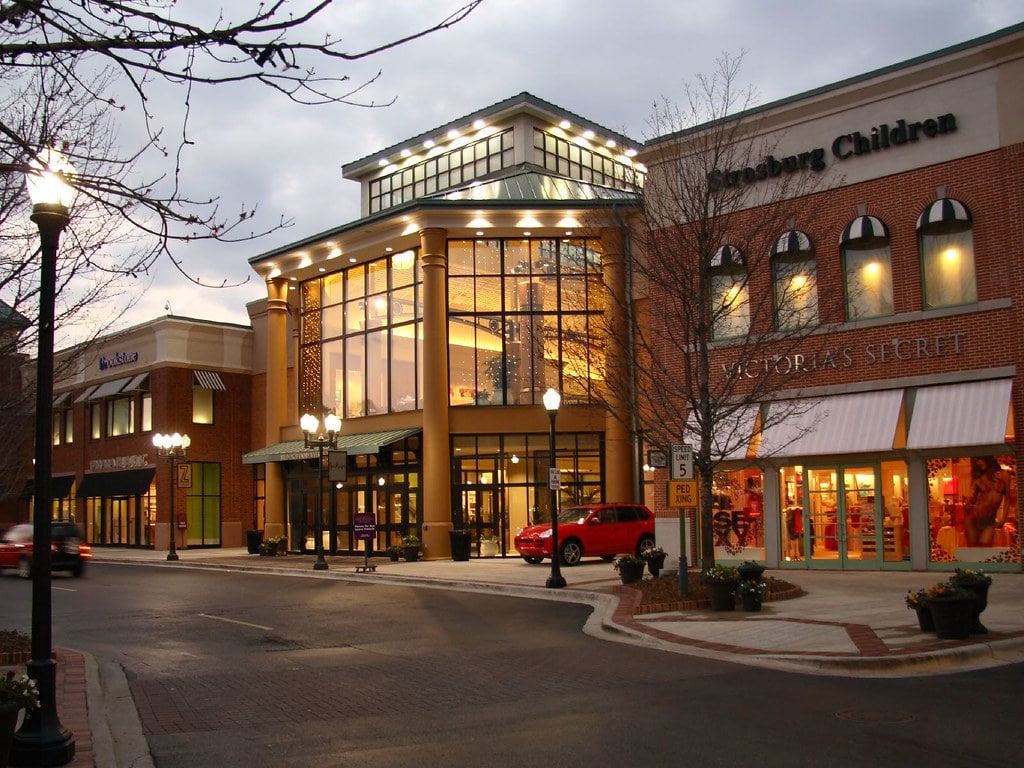
Remodeling years and the first anchor changes, 1980s
A major interior remodel came to Brookwood Village in the late 1980s, bringing visible changes to the atrium that had anchored the space since opening.
The fountain with its tree-like sprayers, long a visual centerpiece, was dismantled.
In its place, builders constructed a platform that created new room for dining tables and could double as a stage for special events.
The noise of running water gave way to the sound of footsteps and conversations as the central feature of the concourse shifted.
Further upgrades came one after another.
Bright lighting was added to the gathering spots, cutting down on the dim corners upstairs and softening the atmosphere.
Escalators took over where staircases once stood, moving people more quickly while updating the overall feel.
The shopfronts went through a facelift as well, trading in rustic woods and outdated elements for a more fashionable presentation.
During the same stretch, one of the mall's anchor stores changed hands.
The Pizitz department store, which had occupied its building since 1975, was converted to McRae's.
The new name on the signage signaled a shift for longtime customers who returned to a familiar entrance but found the retail identity altered inside its doors.
Colonial buys in and turns it outward, 1997 to 2001
In 1997, Brookwood Village entered new ownership.
Colonial Properties purchased the center for 35 million dollars and immediately rebranded it as Colonial Brookwood Village.
The change set the stage for a large-scale project that reshaped the mall in both form and function.
Colonial invested about $50 million into a redevelopment completed in 2001.
The work introduced a striking two-story atrium that placed a food court on the upper level, giving shoppers elevated views over the concourse.
A new front entrance opened directly to a street of outdoor shops running alongside Shades Creek, moving the property away from a fully enclosed model.
The makeover added a pedestrian bridge, a shared terrace for two anchor restaurants, and new decks that connected to existing parking structures.
Facades built into those decks made the site feel more like a town street than a garage.
A walking trail traced the edge of the creek, tying into the outdoor expansion.
Design came from Street-Works and Cooper Carry, with HKW Architects and Brasfield & Gorrie completing the work.
This redevelopment carried Brookwood Village into the 2000s with a fresh mix of interior and exterior spaces.
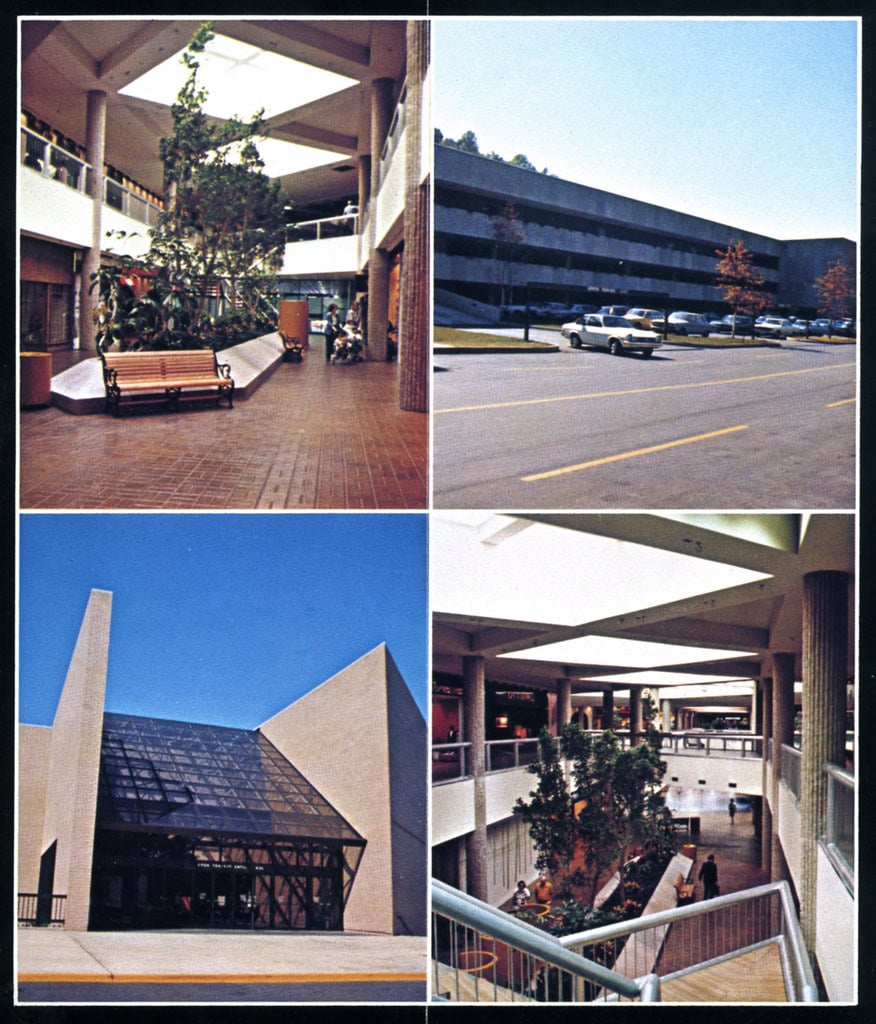
New names on the anchors and a tower rises, 2005 to 2007
The mid-2000s brought another wave of changes at Brookwood Village, this time focused on the anchors and the land around the mall.
On March 6, 2005, Rich's officially converted to Macy's, a transition that mirrored shifts happening in other cities.
The store kept its footprint but took on a new brand, giving the mall a fresh national name at one end of the concourse.
Across the building, McRae's passed into Parisian before turning into Belk by 2007.
Each rebrand meant new signage and layouts that altered how the anchors presented themselves to shoppers.
At the same time, a major office component was added to the property.
Colonial Properties gained approval in 2006 for a nine-story office tower with about 160,000 square feet of space.
Engineers planned redundant power feeds from two substations, and the design included a covered walkway leading directly to Belk.
The tower opened in May 2007, rising on the western edge of the campus.
Its presence introduced a daily flow of office workers into a site that had once served only retail traffic, creating a mixed-use character that marked a break from the mall's first three decades.
Big box arrives, new ownership talks, and a lost fashion anchor, 2011 to 2019
By the next decade, Brookwood Village saw another shift in its tenant mix.
In 2011, a new Target store was announced for the convenience center site, once anchored by Winn-Dixie.
Construction topped out on June 26, 2012, and the 140,000 square foot store opened with ground-level parking below and a two-story glass atrium at the entrance.
The addition created a steady draw separate from the traditional department store anchors.
Ownership changed as well.
The mall entered a new phase in 2014, when Cypress Equities acquired it along with nearby properties and set out new marketing ambitions.
A splashy two-level H&M was unveiled in 2017 as part of that push, but the proposal was abandoned, stalling attempts to reintroduce a major fashion anchor to the concourse.
On July 11, 2017, Belk announced it would close its Brookwood store, and the location shut down in January 2018.
The departure left Macy's as the only traditional department store anchor.
By 2018, EB Arrow promoted ideas for an entertainment wing to replace the former Belk footprint.
In March 2019, the property took on a $25 million refinancing.
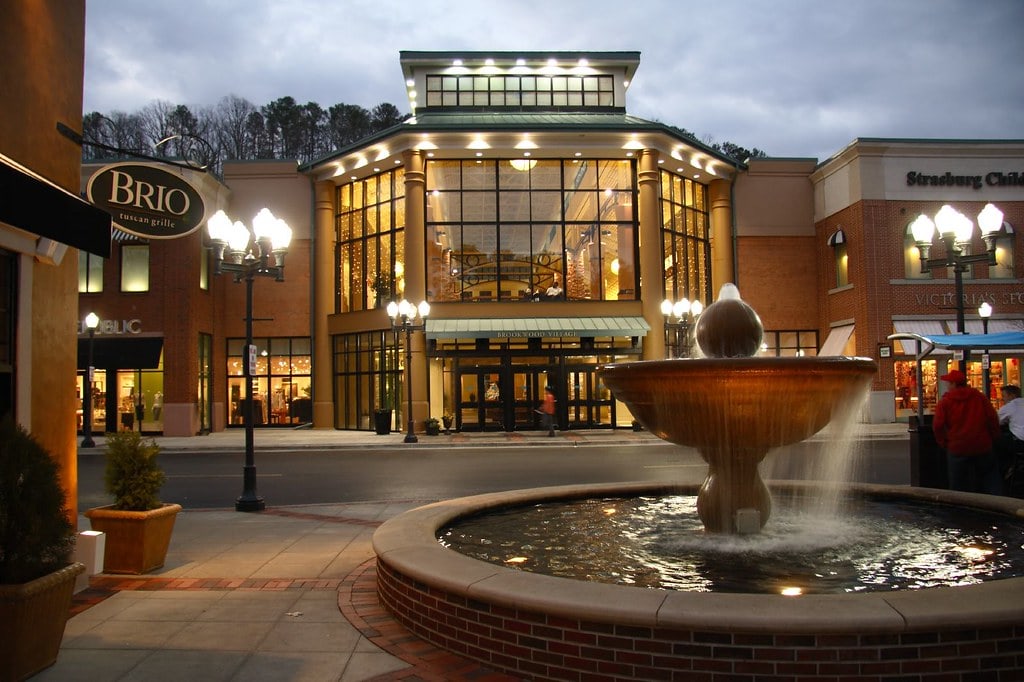
Pandemic shocks and a change of hands, 2020 to 2021
Brookwood Village entered the 2020s with unexpected strain.
County and state health orders forced the mall to close temporarily during the pandemic, interrupting foot traffic that many tenants relied on.
When doors reopened, several familiar names did not return.
Books-A-Million, Brio Tuscan Grille, Jason's Deli, and Cocina Superior all shut their Brookwood locations during that year.
Their departures thinned the lineup of shops and restaurants that had been fixtures in the center.
Developers tried to outline a new future even as closures stacked up.
In October 2020, Colliers International and Arlington Properties unveiled a redevelopment plan featuring open spaces, offices, a hotel with conference facilities, and about 350 apartments.
Community meetings were scheduled for November but never occurred, leaving the proposal hanging.
In July 2021, Alabama's first Chick-fil-A, which had opened inside Brookwood in 1974, closed.
Ownership shifted soon after.
Fairway Investments and Pope & Land purchased most of the property in August 2021 for about 21 million dollars.
A month later, they acquired the 231,500 square foot Macy's building through a $10 million sale-leaseback.
In November 2021, they bought the rest of the mall footprint for around $55 million, excluding the Target and the office tower.
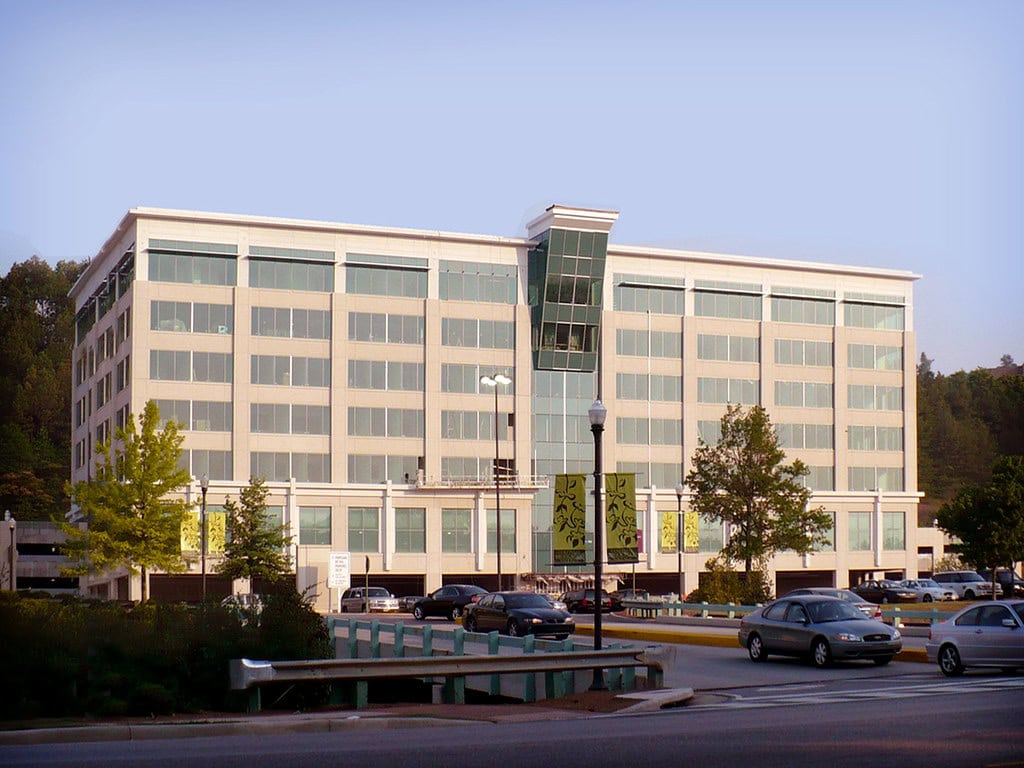
Final store lights out and parcel lines redrawn, 2022 to 2024
After the ownership transfer, the anchor lineup thinned further.
Macy's closed its Brookwood Village store in early 2022, leaving the concourse without a traditional department store for the first time in nearly five decades.
Other tenants lingered for a while, but their departures continued the decline.
Hickory Tavern shut its restaurant in September 2023.
By December 2024, Five Guys, the last operating tenant in the interior mall, closed as well.
The exit left the main retail structure fully vacant.
Property lines were redrawn during the same period.
On November 5, 2024, the Homewood Planning Commission approved a resurvey and an amendment that split the former mall into three lots.
The plan designated the old Belk space for a proposed Andrews Sports Medicine facility.
This adjustment marked the first official step toward medical reuse on the property.
By the end of 2024, Brookwood Village existed mainly as an empty shell, its enclosed halls quiet and dark.
The only activity remained next door at Target, which operated independently, and inside the Brookwood Office Center, where employees filled its nine stories of office space.
Medical reuse moves ahead and work zones appear, 2025
In early 2025, Brookwood Village moved into a new phase.
On January 6, Homewood officials announced a partnership with Mountain Brook to coordinate redevelopment across the former mall property.
A more detailed step was followed in April.
On April 28, the Homewood City Council gave unanimous approval to a development plan for the vacant Belk building.
The plan cleared the way for Andrews Sports Medicine to remake the structure into a medical facility with surgery rooms and a full range of patient services.
With the vote complete, the project shifted from proposed to permitted.
By late September, the impact of that approval was visible around the campus.
A council agenda listed road closures tied to construction through April 2027.
What had once been a department store was now set to become a healthcare facility, marking a turning point in how the Brookwood property would serve the community.


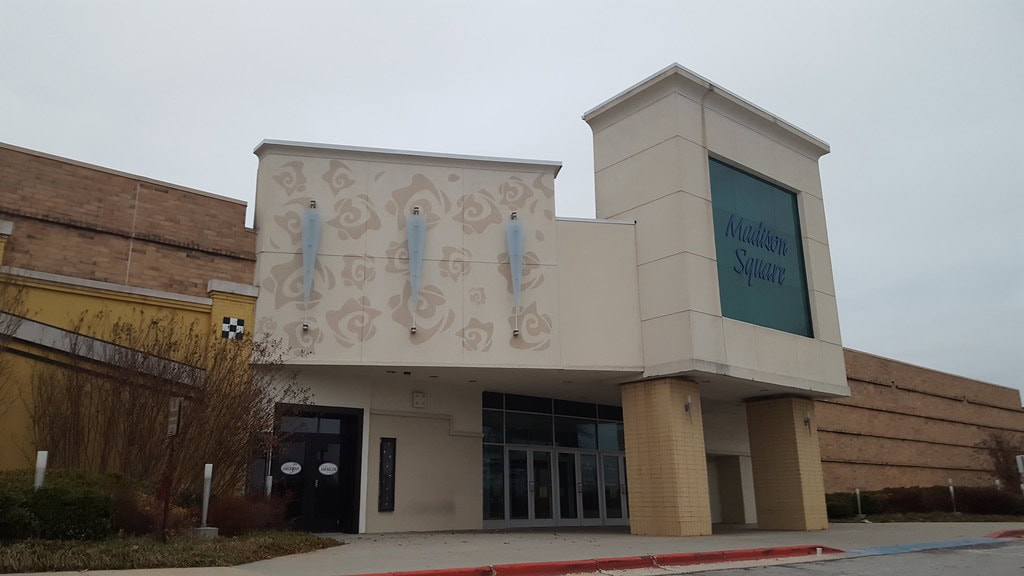
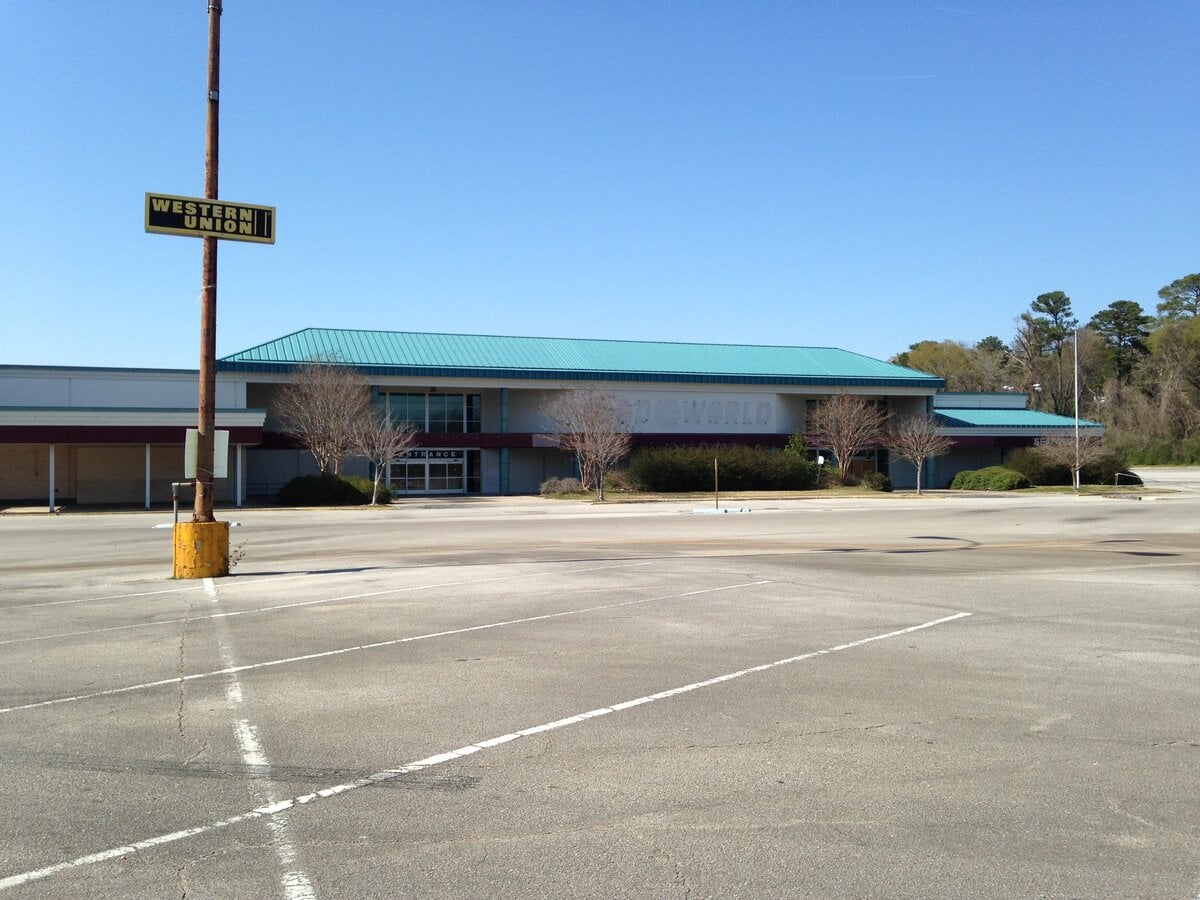
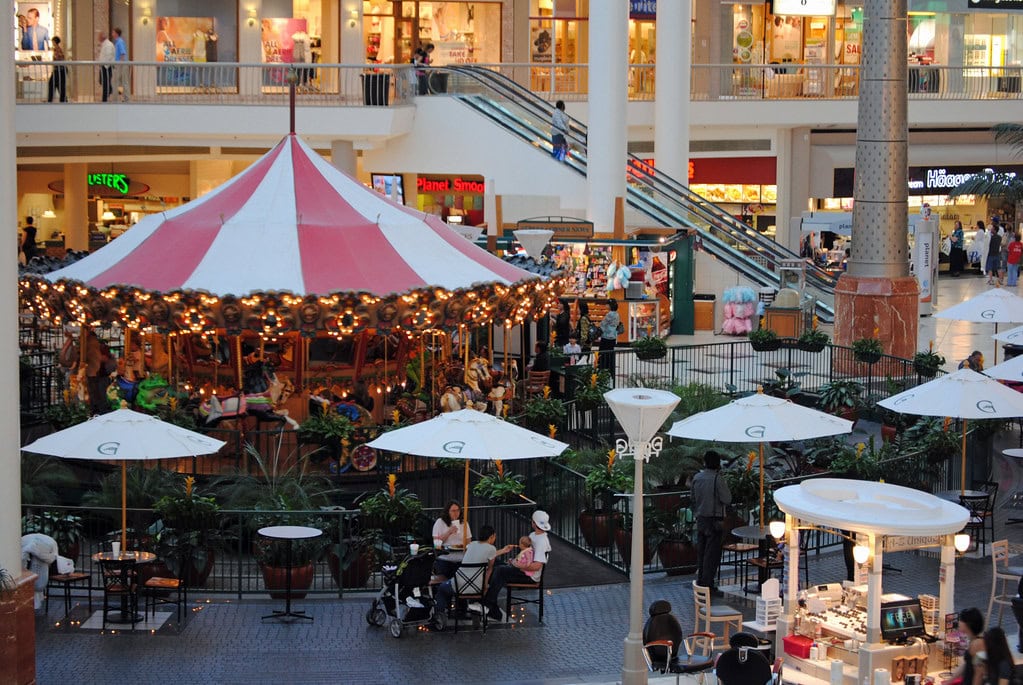
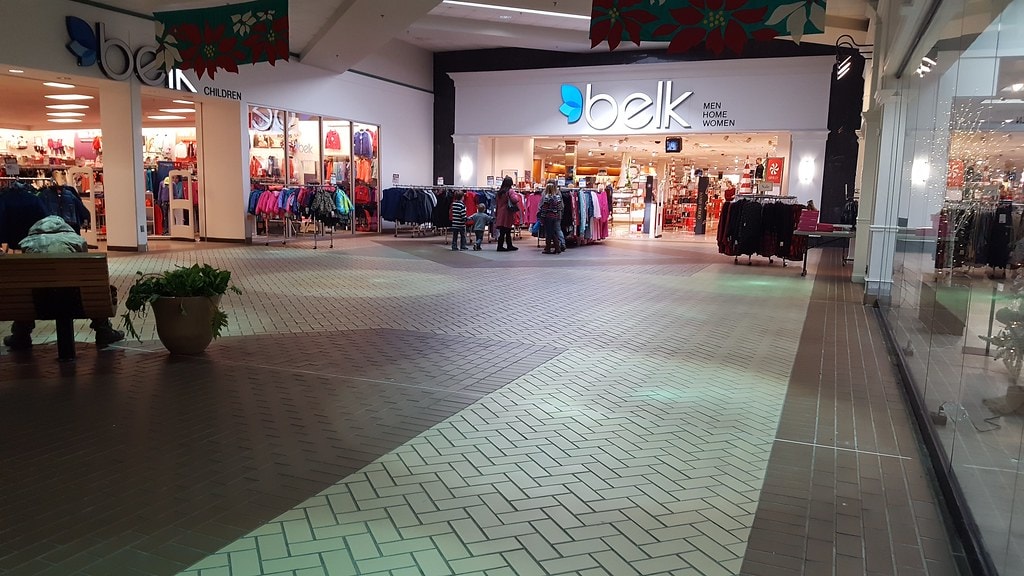
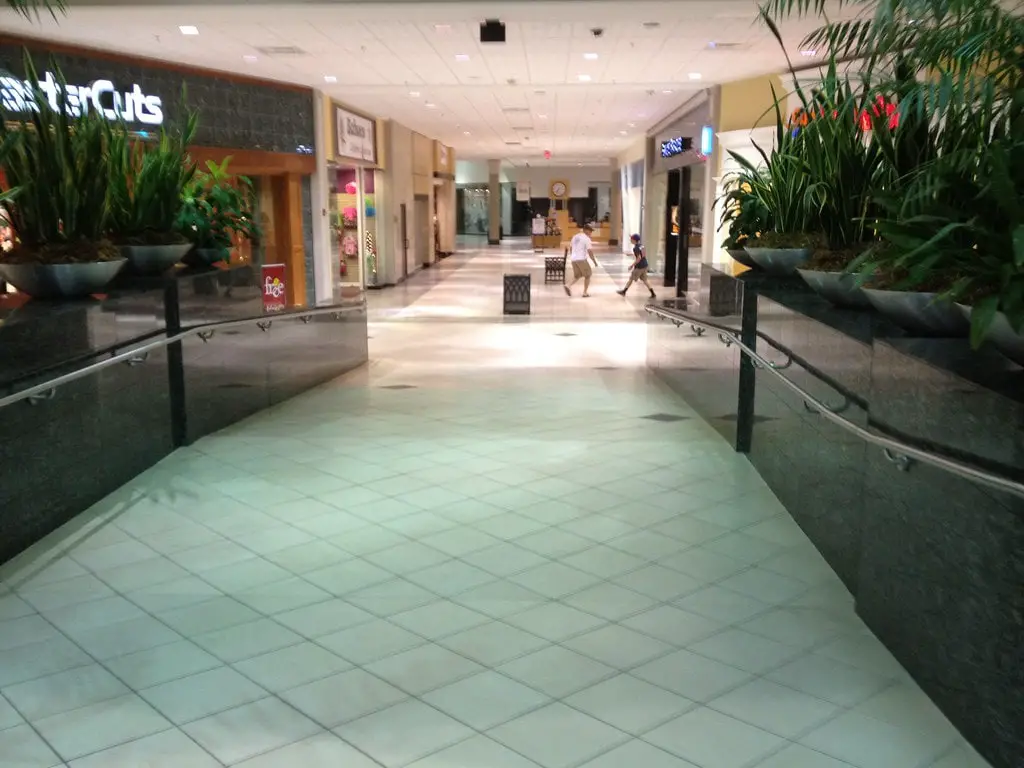
We still can’t believe this happened. The only place one could sit outside, have a Margarita and enjoy people watching. It was the closest thing to my home town in Germany. So sad 😞
Many readers have said the same thing: it wasn't just about shopping but about the view, the air, and time spent unhurried.